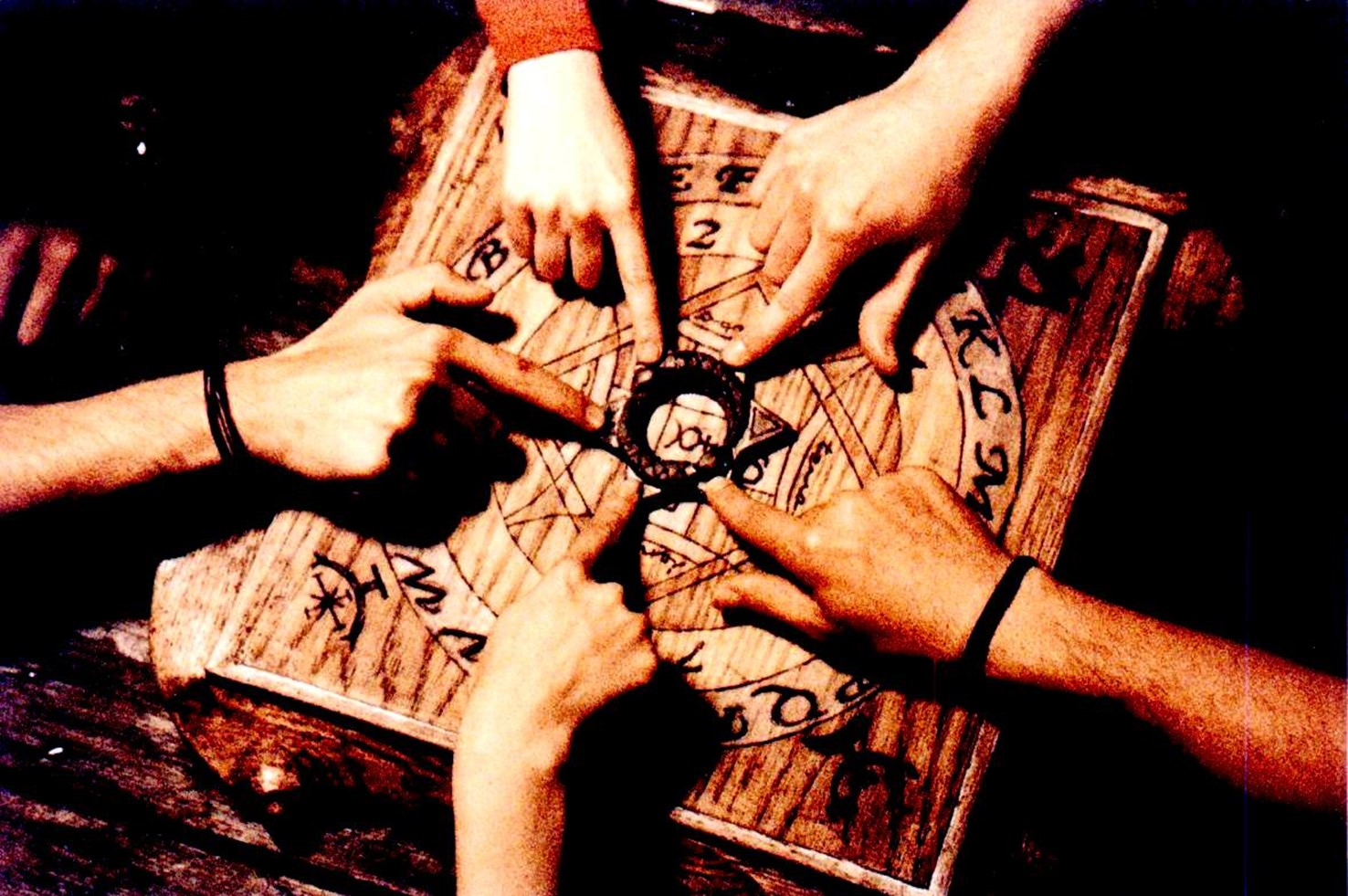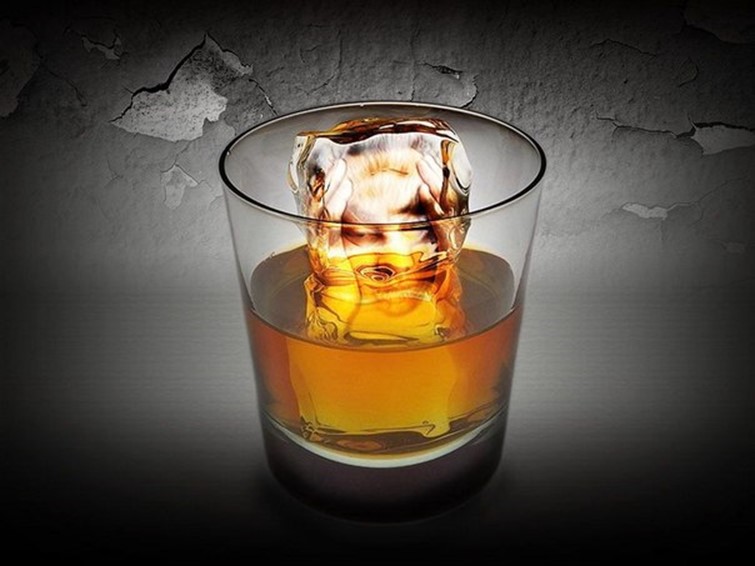Crowd Sourcing Healthcare
June 2, 2015 in Daily Bulletin

The Economist wrote about the emerging practice of asking millions of strangers on the internet for help with medical problems:
- There are at least 7,000 “rare” diseases – those that affect fewer than 200,000 people.
- Doctors cannot possibly be aware of, and know how to diagnose all of them.
- Even if they’re farsighted enough to know that they’re unable to diagnose a particular condition, they may not know who to refer a patient to.
- In Europe 40% of those afflicted with rare diseases get an incorrect diagnosis at first.
- Enter the crowdsourcing healthcare site CrowdMed. The site allows users to post a detailed list of their aliments and ask for a diagnosis.
- Patients can offer monetary rewards to garner more attention.
- Those who contribute are medical students, retired doctors, and other laymen who enjoy a challenge.
- Those who provide a correct diagnosis rise in the website’s rankings and gain more prominence.
- One analysis indicates that 80% of the suggestions offered through the site were accurate.
- Surprisingly the most accurate diagnoses don’t always come from those with the best credentials.
- On the other end of the spectrum, AI systems such as IBM’s Watson are also entering into the healthcare diagnosis business by using big data to come up with suggestions.
- It remains to be seen if crowdsourcing or artificial intelligence will provide the most accurate medical evaluations in the future.
Read more in the truly excellent Economist over here.
Source: The Economistc









Join the Discussion! (No Signup Required)